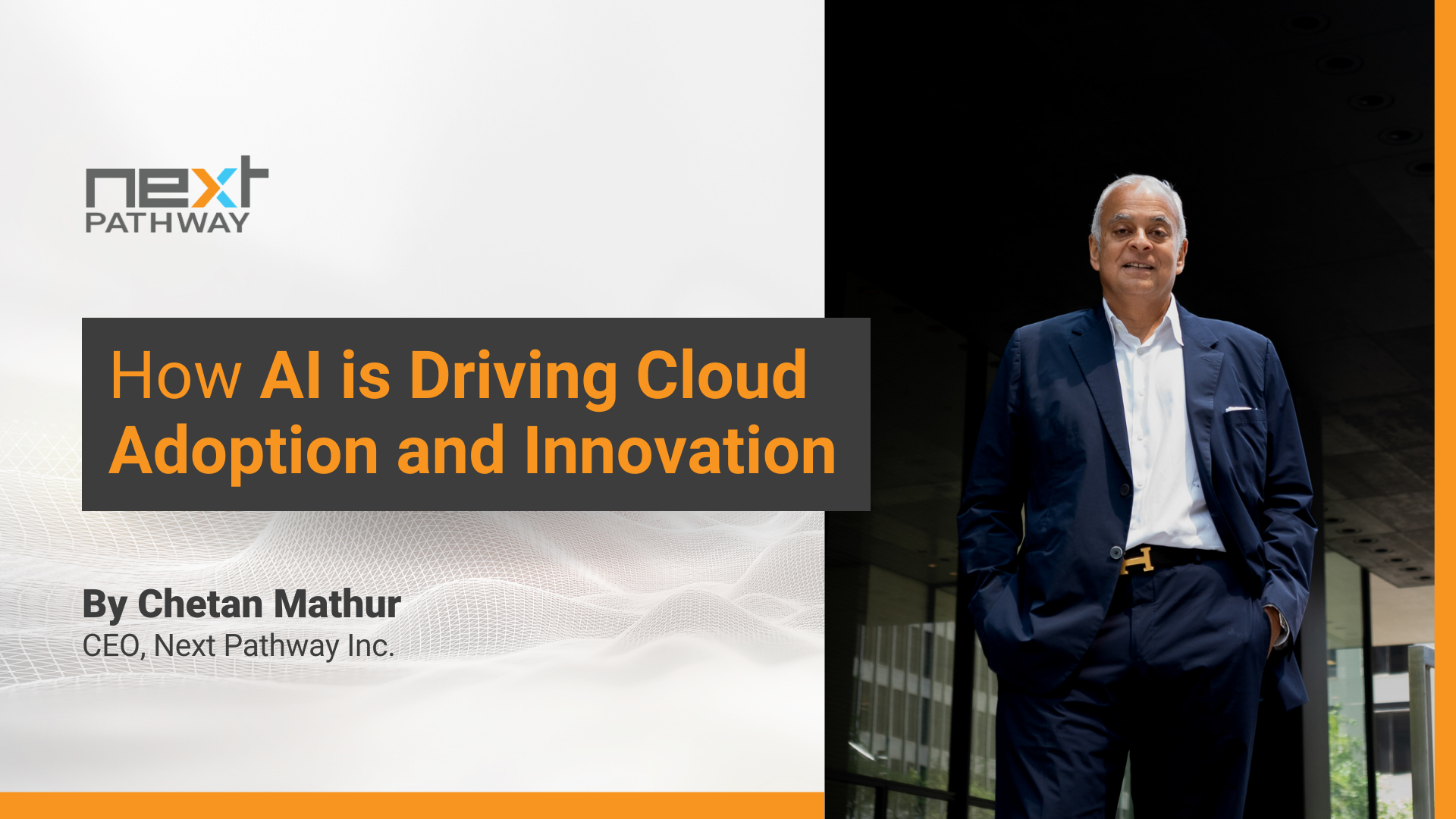
Two of the most influential and transformative technologies are artificial intelligence (AI) and cloud computing. Their symbiotic relationship is fundamentally reshaping the technological landscape, driving innovation across various industries, and unlocking new possibilities in unprecedented ways. Businesses are increasingly leveraging AI and cloud computing solutions to enhance efficiency, scalability, and security.
The most recent wave of this transformation is primarily driven by AI's role in prioritizing data and guiding critical business decisions. While AI's significance is on the rise, it's important to recognize that its full potential is unleashed when integrated with cloud computing. This integration empowers organizations to tap into the vast computing power, scalability, and storage capabilities offered by the cloud, creating an ideal environment for AI innovation.
Cloud providers are actively adapting their platforms to cater to AI's unique demands, making data science and AI more accessible across organizations. An illustrative example is Microsoft's introduction of Microsoft Fabric, branded as an 'AI-powered platform,' explicitly designed to reshape how enterprises access, manage, and act upon data.
However, realizing the promise of AI in business goes beyond mere recognition; it involves the migration of legacy workloads to the cloud—a crucial step in enabling AI adoption. AI and LLMs require massive amounts of data and code to perform their intended tasks; this is predicated on moving legacy systems to the cloud. As businesses increasingly rely on AI for tasks like automation, predictive analytics, and inventory management, the inherent complexity of legacy systems becomes a hurdle. Simplifying the migration of these legacy systems and data to the cloud is paramount for unlocking AI's full potential.
Moreover, the fusion of AI and cloud technologies is generating a potent synergy that is reshaping businesses and industries on a global scale. This dynamic synergy drives rapid adoption and increased investment in AI, with businesses recognizing these technologies as central to their strategies.
One such innovation is generative AI, which is being employed across various domains, including aiding in cloud migration and even code completion. For instance, Copilot, an AI-powered code completion tool developed by OpenAI, uses deep learning to suggest code snippets to developers. Generative AI has the potential to revolutionize cloud migration strategies, enhancing productivity and streamlining the process, ultimately driving efficiency to new heights.
Cloud and AI are converging into a unified entity, fundamentally reshaping business operations, enhancing productivity, and bolstering cybersecurity. The adoption of cloud, AI, and related technologies is on the rise, even as their complexity increases. At this pivotal juncture, businesses must take the necessary steps for successful scaling, including migrating legacy workloads to the cloud. The future of cloud computing is inherently AI-driven, marked by ongoing innovation. As AI technologies evolve, they catalyze innovation within the cloud, creating new growth opportunities for businesses globally.
AI and cloud technologies are transforming the world in unprecedented ways, creating new possibilities and challenges for businesses and industries. Businesses need to adopt ethical, secure, and collaborative practices for developing and deploying AI solutions in the cloud and embrace the creative potential of these technologies. By doing so, they can enhance their productivity, efficiency, and innovation, and gain a competitive edge in this dynamic landscape.
About Next Pathway
Next Pathway is the Automated Cloud Migration company. Powered by SHIFT Cloud, Next Pathway automates the end-to-end challenges companies experience when migrating applications to the cloud. For more information, please visit nextpathway.com.
Connect with Next Pathway
Blog | LinkedIn | Twitter
